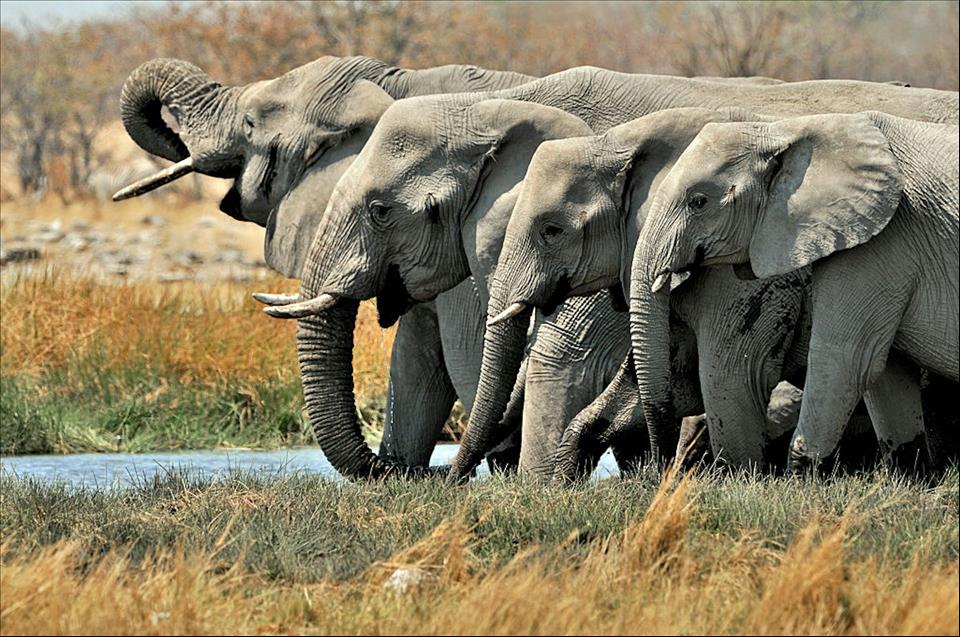A lost baby seal found wandering the streets of New Haven, Connecticut over the weekend was taken in by Mystic Aquarium with the goal of returning it back to the ocean in the months ahead. Although there are no seals rambling in the urban areas of New Jersey, there are forms of wildlife that have been sighted in the past. Just recently, 2 Northern Right whales were seen off the northernmost points of the Jersey Shore. In urban areas, there are regular spottings of coyotes, squirrels, raccoons, and birds, to name some. The surprising amount of wildlife found in urban areas demonstrates the resilience of nature in populated areas. These places offer a home for wildlife species thriving in these types of environments.
Coyotes, Raccoons, and Squirrels
New Jersey offers an exciting mix of natural beauty, rich history, and urban attractions making the area one of America’s most visited states. Welcoming over 120 million visitors per year, it is well-equipped to handle a high volume of tourists. The state has a well-developed infrastructure including a variety of New Jersey City hotels to support visitors year-round. In addition to numerous attractions, wildlife can also be enjoyed in the urban areas of NJ. According to the New Jersey Department of Environmental Protection (NJDEP), coyotes have been spotted in 21 counties and more than 400 municipalities across the state. Their habitat varies from urban and suburban zones to open farmland and remote forests. Black bears are other mammals that thrive in the most densely populated state of the US. Bear sightings have been confirmed in 21 counties of the state.
On the other hand, raccoons live throughout the state flourishing in urban centers due to the abundance of food scraps. They can eat anything from small nuts to berries and so on. Similar to squirrels, they are light and agile enabling them to climb trees and even vertical walls. In short, they are well equipped to navigate the urban landscape and can live on any food leftovers available to them. Squirrels are also commonly found in NJ’s urban centers. In particular, the most familiar type is the Eastern gray squirrel living in forests, street trees, and urban parks.
Birds of Prey or Raptors
Several raptors have been sighted in the state including the bald eagle, peregrine falcons, ospreys, and American kestrels. The American Bald Eagles were being decimated, along with other raptors due to the chemical pesticide dichloro-diphenyl-trichloroethane (DDT). Fortunately, the use of the deadly pesticide was banned in 1972. To repopulate the birds, conservationists imported birds from other places. Real eggs are removed from the birds’ nest to incubate in lab conditions before being returned to their parents. Now, they can be seen in the forests and suburbia of New Jersey.
Known as the ‘fastest birds in the skies’, the peregrine falcons were also near extinction due to DDT causing their eggs to fail. New Jersey’s population has about 30-35 pairs per year since 2010. Luckily, peregrine falcons went back to their historic cliff nesting habitat on the Hudson River Palisades helping their population grow. Nowadays, you can even see them in tall buildings and large bridges where they nest in cities, giving urban spaces a touch of the wilderness.
Nature is very much alive in urban areas coexisting with humans in different ways. From agile squirrels and mighty eagles to shy coyotes and stocky bears, New Jersey’s cities support an array of wildlife.







Leave a Reply